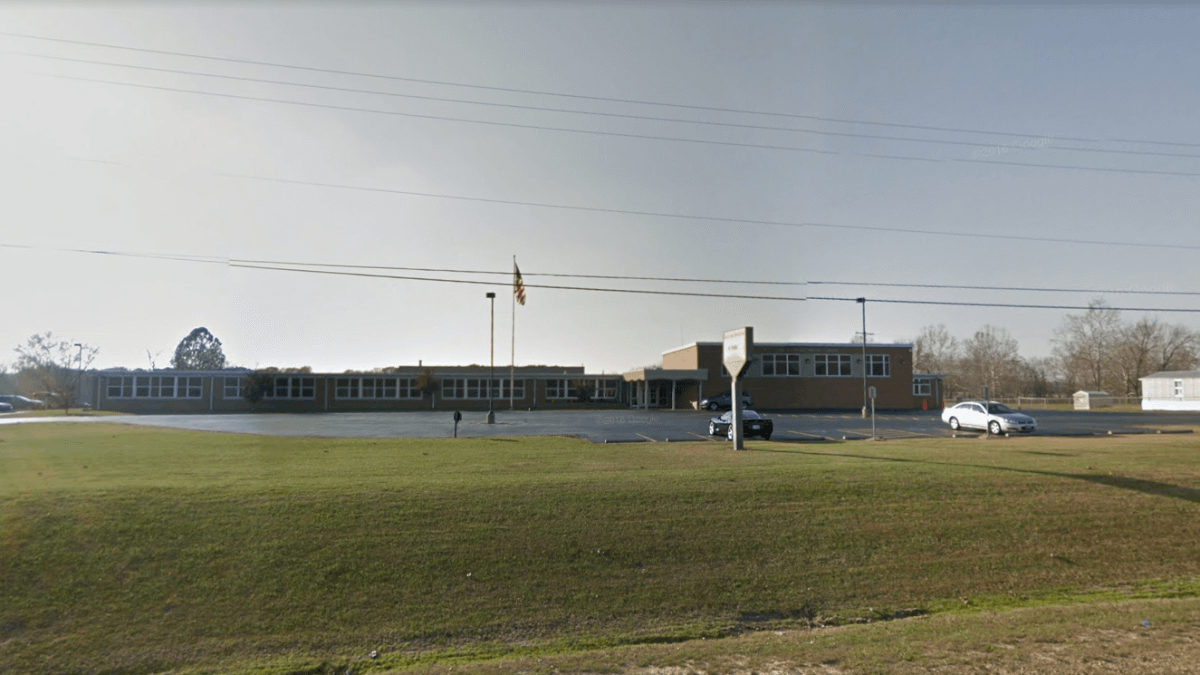A school in Piketon, Ohio closed Monday, May 13, 2019 and will remain closed for the remainder of the academic year after radioactive materials were found within its premises.
In a letter sent by the Scioto Valley Local School District, enriched uranium and neptunium 237, byproducts of plutonium production, were said to be discovered at Zahn’s Corner Middle School, located about 80 miles east of Cincinnati, as reported by the WLWT television station.
The school will remain closed and will be off-limits to its 320 students and 25 staff members for at least the remainder of the academic year, authorities say.
State and federal agency authorities are testing the site to see the extent of contamination and identify the source of the contamination.
Although the source of the radioactive materials still must be determined, the U.S. Department of Energy’s Portsmouth Gaseous Diffusion Plant, located approximately two miles from the school, is being eyed as the likely cause. The plant stopped producing enriched uranium for the country’s nuclear weapons program and nuclear power plants in 2001, according to AP’s report.

In 2017, the DOE reported that trace amounts of radioactive neptunium 237 were detected in an air monitoring station at the school.
In recent tests conducted by Northern Arizona University in Flagstaff, Arizona, enriched uranium was found inside the school. Plutonium, uranium and neptunium in water and dust samples were also found elsewhere in the community.
In a statement to AP, Heidi Griesmer, Deputy Director for Communications for the Ohio Environmental Protection Agency, said that the Department of Energy has already been tasked to do further investigations even if the amount of radioactivity reported is far below the risk level.
DOE officials agreed with Griesmer and further noted that while the radioactive levels are well-below the thresholds of concern, it will get “independent soil and air quality samples in the surrounding area and will take all appropriate actions to address community concerns.”
In cases like these, knowing how to keep yourself from unsafe levels of radiation is important. This article from American Survival Guide provides some tips for how to prevent being contaminated by radioactive substances.


